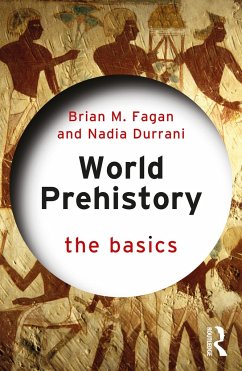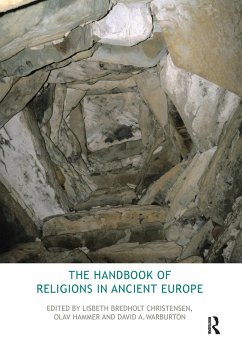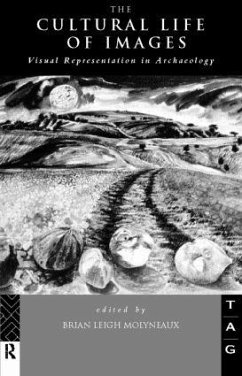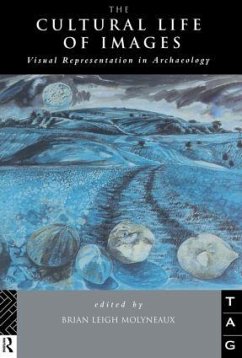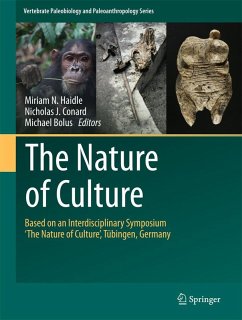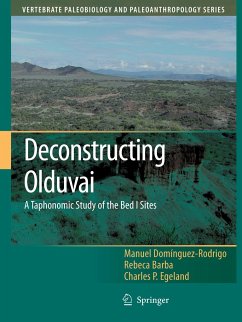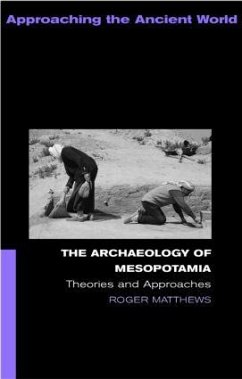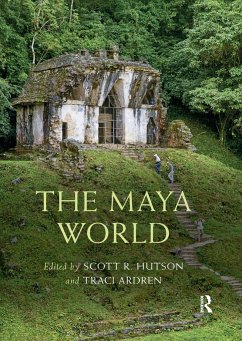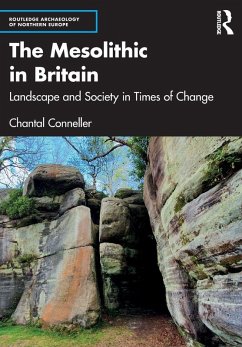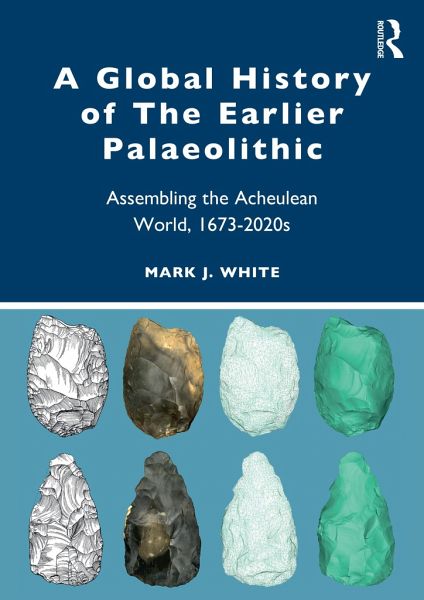
A Global History of The Earlier Palaeolithic
Assembling the Acheulean World, 1673-2020s
Versandkostenfrei!
Versandfertig in 6-10 Tagen
44,99 €
inkl. MwSt.
Weitere Ausgaben:

PAYBACK Punkte
22 °P sammeln!
This book tells the story of both the ancient humans who made handaxes and the thoughts and ideas of scholars who have spent their lives trying to understand them.Beginning with the earliest known finds, this volume provides a linear and thematic account of the history of the Old Stone Age, or Palaeolithic period, covering major discoveries, interpretations and debates worldwide; a story that takes us from the embers of the Great Fire of London to the beginning of the Covid-19 pandemic. It offers a comprehensive and unique history of archaeological theory and interpretation, seeking to explain...
This book tells the story of both the ancient humans who made handaxes and the thoughts and ideas of scholars who have spent their lives trying to understand them.
Beginning with the earliest known finds, this volume provides a linear and thematic account of the history of the Old Stone Age, or Palaeolithic period, covering major discoveries, interpretations and debates worldwide; a story that takes us from the embers of the Great Fire of London to the beginning of the Covid-19 pandemic. It offers a comprehensive and unique history of archaeological theory and interpretation, seeking to explain how we know what we know about the deep past, and how ideas about it have changed over time, reflecting both scientific and societal change. At its heart lies the quest for an answer to a most curious and sometimes beautiful tool ever made - the handaxe. While focused on the Earlier Palaeolithic period, the book provides a readable account of how ideas about the prehistoric past generally were formed and altered, showing how the wider discipline came to be dominated by a succession of different theoretical 'paradigms', each seeking different answers from the same data set.
Serving a dual purpose as a historical narrative and as a reference source, this book will be of interest to all students and researchers interested in deep human prehistory and evolution, archaeological theory and the history of archaeology.
Beginning with the earliest known finds, this volume provides a linear and thematic account of the history of the Old Stone Age, or Palaeolithic period, covering major discoveries, interpretations and debates worldwide; a story that takes us from the embers of the Great Fire of London to the beginning of the Covid-19 pandemic. It offers a comprehensive and unique history of archaeological theory and interpretation, seeking to explain how we know what we know about the deep past, and how ideas about it have changed over time, reflecting both scientific and societal change. At its heart lies the quest for an answer to a most curious and sometimes beautiful tool ever made - the handaxe. While focused on the Earlier Palaeolithic period, the book provides a readable account of how ideas about the prehistoric past generally were formed and altered, showing how the wider discipline came to be dominated by a succession of different theoretical 'paradigms', each seeking different answers from the same data set.
Serving a dual purpose as a historical narrative and as a reference source, this book will be of interest to all students and researchers interested in deep human prehistory and evolution, archaeological theory and the history of archaeology.




